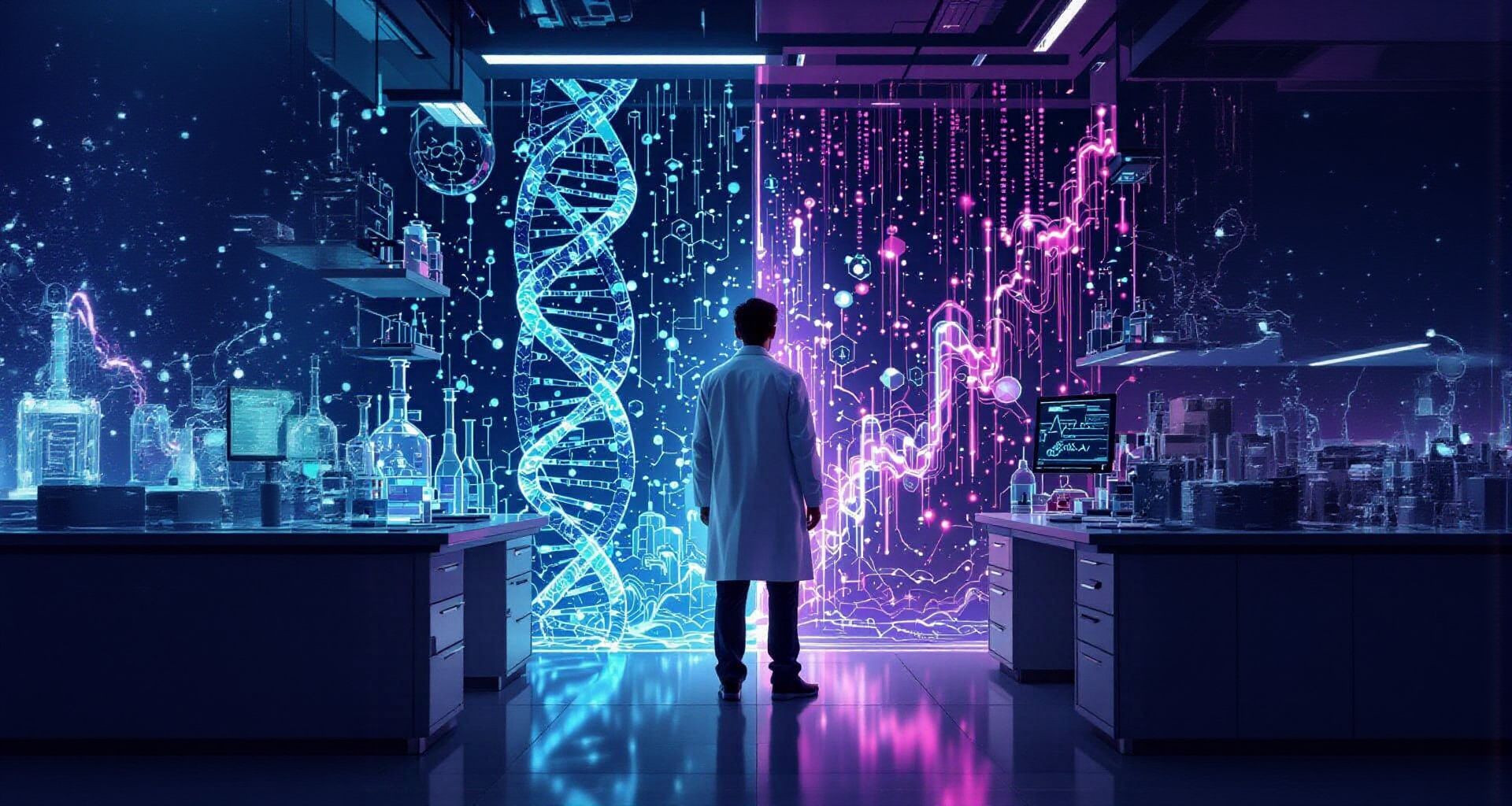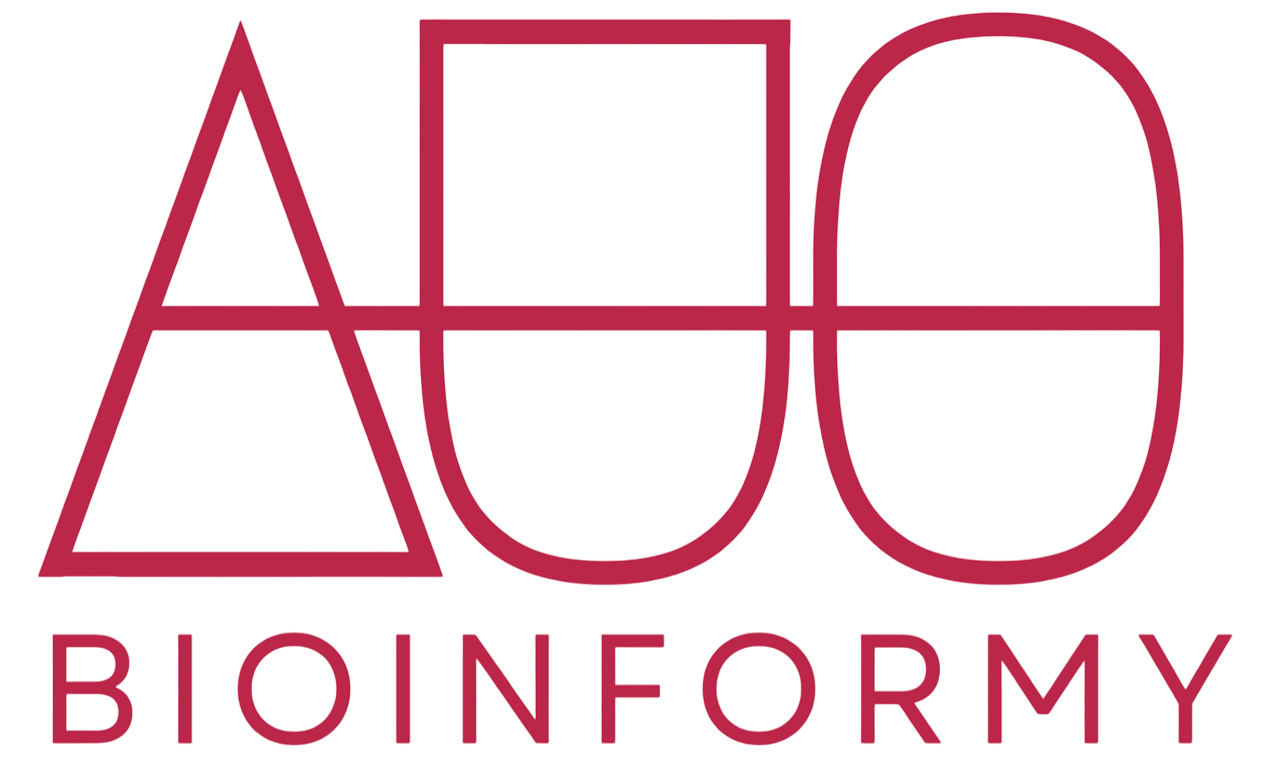🔍 The Science That Speaks Data: Why Bioinformatics Is One of the Most Powerful Fields of Our Time
Oct 14
/
Clara Fischer

1. 🧬 From Biology to Insight: What Is Bioinformatics and Why Does It Matter?
Bioinformatics is the interdisciplinary science of turning biological data into actionable insights using computer science, statistics, and mathematics. Whether it's genome sequencing, protein structure prediction, or precision medicine—bioinformatics is now essential, not optional.
📌 A 2024 study from Oxford University showed that hands-on, inquiry-based bioinformatics activities in graduate courses significantly enhanced student engagement and understanding of molecular biology concepts (Amtul et al., 2024)
.
This reveals a critical truth: we must go beyond theory and start teaching students how to think with data.
2. 📈 The Job Market Speaks: High Demand, Low Supply
The surge in biological and clinical data is not matched by a surge in trained bioinformaticians. This gap means professionals in this field are not only employable—they’re essential. The demand spans pharma, healthtech, agri-genomics, and AI.
📊 A 2022 study from Indonesia's pharmaceutical sector identified bioinformatics knowledge and digital competencies among the top 8 core skills for future industry readiness (Arief et al., 2022)
In Iran, educational reform led to a significant improvement in biotech graduate employability when the curriculum was aligned with industry needs (Ahmadieh-Yazdi et al., 2025)
Conclusion? Bioinformatics isn't just a career path—it’s an urgent workforce need.
3. 🛠️ It’s Not Just About Code: Learn to Think Like a Scientist
Yes, coding is a tool—but the real power of bioinformatics lies in scientific reasoning, problem formulation, and critical data interpretation. Knowing Python or R isn’t enough if you don’t know how to turn a dataset into a biological question—and back into an answer.
📌 At Jackson Laboratory, bioinformatics teams transformed from service providers to co-leaders of scientific research through a “collaborative partnership model.” Bioinformaticians are now strategic thinkers at the research table, not just behind a screen (Karuturi et al., 2022)
4. 🤝 Don’t Learn Alone: Join the Network, Learn Continuously
This is not a “take one course and you’re done” field. Bioinformatics evolves fast—new data types, new methods, and new challenges emerge constantly. The only way to keep up is through community, mentorship, and project-based practice.
📍 The Scripps Research Institute created an affinity group of over 300 researchers interested in computational biology. This community not only enabled continued learning but also collaborative problem-solving across disciplines (Zak et al., 2025)
.
👉 Community = faster growth, deeper understanding, real impact.
5. 🌍 The World Is Evolving: Bioinformatics Is at the Core of Innovation
A 2025 article in Genetics argued that STEM education today is not only thriving—it has found its product-market fit. Governments and industries alike now depend on a digitally fluent, data-literate scientific workforce (Williams, 2025)
.
In Thailand, healthcare stakeholders identified bioinformatics literacy as a must-have skill for developers building next-generation health technologies (Phaisawang et al., 2025)
.
In short: Countries, industries, and research institutions all agree—bioinformatics is strategic.
💡 What You Learned from This Article
- Bioinformatics is not just a science—it’s the future of data-driven biology and healthcare.
- Coding alone won’t make you a bioinformatician—thinking with data will.
- This is one of the highest-demand skill sets across science and industry.
- Communities, mentorship, and practice-based learning are key to staying ahead.
🚀 Ready to Go Further? Bioinformy Is Here for You
At Bioinformy, we don’t just teach software—we train scientists to think, design, and solve real-world problems.
Our applied curriculum, expert mentors, and peer community are built to help you move beyond tutorials and into transformation.
If this blog sparked curiosity, imagine what full immersion will unlock.
📚 References
Adenaike, O., Olabanjo, O. E., & Adedeji, A. A. (2023). Integrating computational skills in undergraduate Microbiology curricula in developing countries. Biology Methods and Protocols, 8(1). https://doi.org/10.1093/biomethods/bpad008
Ahmadieh-Yazdi, A., Imani, B., Jalali, A., Piryaei, F., & Dalirfardouei, R. (2025). Bridging the skills gap: Insights and recommendations for updating medical biotechnology master’s curriculum in Iran. Avicenna Journal of Medical Biotechnology, 17(2). https://doi.org/10.18502/ajmb.v17i2.18566
Amtul, Z., Firoozbakht, F., Rezaeian, I., Aziz, A. A., & Gehlaut, P. (2024). A modular inquiry-based semester theme that integrates data science education and bioinformatics in protein structure function courses. FEMS Microbiology Letters, 371. https://doi.org/10.1093/femsle/fnae055
Arief, N. N., Gustomo, A., Roestan, M. R., Putri, A. N. A., & Islamiaty, M. (2022). Pharma 4.0: Analysis on core competence and digital levelling implementation in pharmaceutical industry in Indonesia. Heliyon, 8(8). https://doi.org/10.1016/j.heliyon.2022.e10347
Karuturi, R. K. M., Kunde-Ramamoorthy, G., TeHennepe, G., George, J., & Philip, V. (2022). Collaborative partnership model to transform bioinformatics core into a highly effective research partner and multiply the impact. bioRxiv. https://doi.org/10.1101/2022.09.21.508957
Phaisawang, S., Na Nakorn, T., Trivijitsilp, P., & Srikiatkhachorn, A. (2025). Stakeholder perspectives on skills required for health technology developers: A qualitative study in Thailand. Frontiers in Digital Health, 7. https://doi.org/10.3389/fdgth.2025.1578782
Williams, J. (2025). There’s never been a better time to be a STEM educator. Genetics, 221(3). https://doi.org/10.1093/genetics/iyaf090
Zak, J., Newman, I., Montiel Garcia, D. J., Parisi, D., Joy, J., Head, S. R., Ducom, J.-C., Natarajan, P., Cui, H., & Ul-Hasan, S. (2025). Catalyzing computational biology research at an academic institute through an interest network. bioRxiv. https://doi.org/10.1101/2025.01.05.631403
Subscribe to our newsletter
Thank you!
Policy Pages
Copyright © 2022
Write your awesome label here.
Never miss the latest news!
We'll send you the best of our news. We promise we won't send you any spam.
Thank you!

